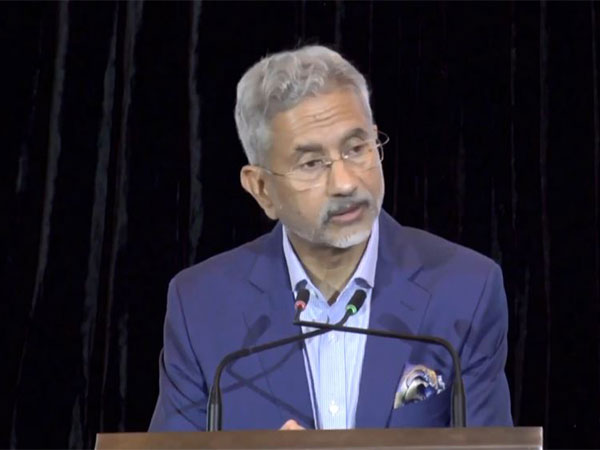
Poor nations pay highest debt service in 20 years -campaigners

JOHANNESBURG (Reuters) – Developing countries are paying more to service their debt than at any other time in the past two decades, with a heavier burden on the horizon if the United States raises interest rates this year as expected, a leading debt campaigner said on Monday.
Many developing nations have been hit hard by the economic fallout from the global pandemic. And while wealthy creditor countries granted the poorest ones temporary relief through a Debt Service Suspension Initiative (DSSI), that programme is now expiring and governments must resume payments. The warning from the UK-based Jubilee Debt Campaign echoed a call to action earlier this month from the World Bank, which said the pandemic-induced downturn had left around 60% of low-income countries in or at high risk of debt distress.
“The debt crisis continues to engulf lower income countries, with no end in sight unless there is urgent action on debt relief,” Heidi Chow, Jubilee’s Executive Director, said in a statement. Data compiled by Jubilee showed that developing country debt payments increased 120% between 2010 and 2021, reaching their highest level since 2001. Average government external debt payments represented 14.3% of government revenue in 2021, more than double the 6.8% recorded in 2010.
The U.S. Federal Reserve is due to meet this week and markets are pricing in four interest rate hikes for this year. Higher Fed rates will likely make borrowing more expensive for emerging market countries, which will need to price debt at a premium as safe haven baseline U.S. Treasuries become more attractive to investors.
Globally, 54 countries are now in debt crisis, according to Jubilee, meaning debt payments are undermining the ability of governments to protect the basic economic and social rights of their citizens. Kenya and Malawi have entered debt crisis this year with another 14 countries at risk of both a public and private debt crisis, the group said.
World Bank President David Malpass https://www.reuters.com/article/world-bank-outlook-malpass-idUSL1N2TR18V this month warned that slow progress on debt relief for developing countries increased risks for their economies and made sovereign defaults more likely. Last year, the International Monetary Fund (IMF) approved a special allocation of $650 billion worth special drawing rights https://www.reuters.com/article/us-g20-finance-imf-reserves-idUSKBN2F404Q – the Fund’s unit of exchange backed by dollars, euros, yen, sterling and yuan.
The measure aimed to boost global foreign exchange reserves amid the COVID-19 pandemic. Around $275 billion of the allocation are destined for emerging market and low-income countries. The IMF is also proposing a $50 billion Resilience and Sustainability Trust https://blogs.imf.org/2022/01/20/a-new-trust-to-help-countries-build-resilience-and-sustainability that will allow qualifying countries to borrow reallocated SDRs.

















POST COMMENTS (0)